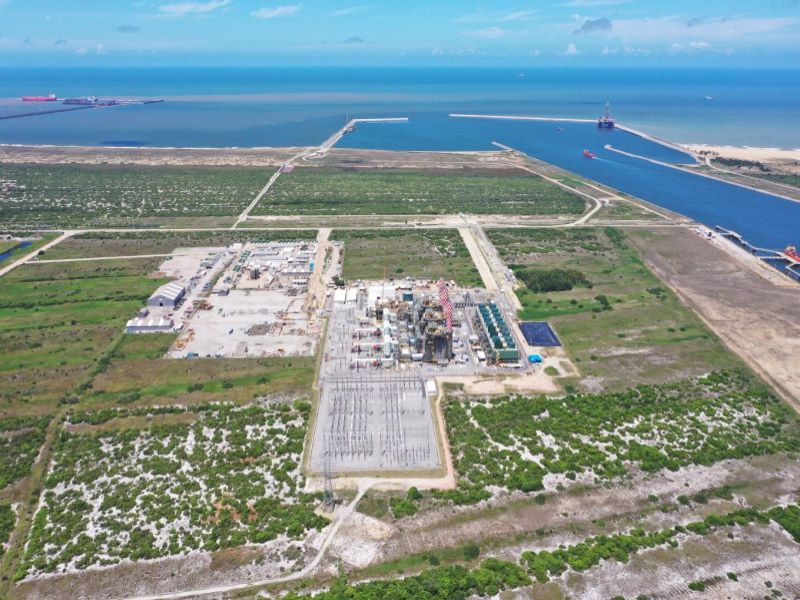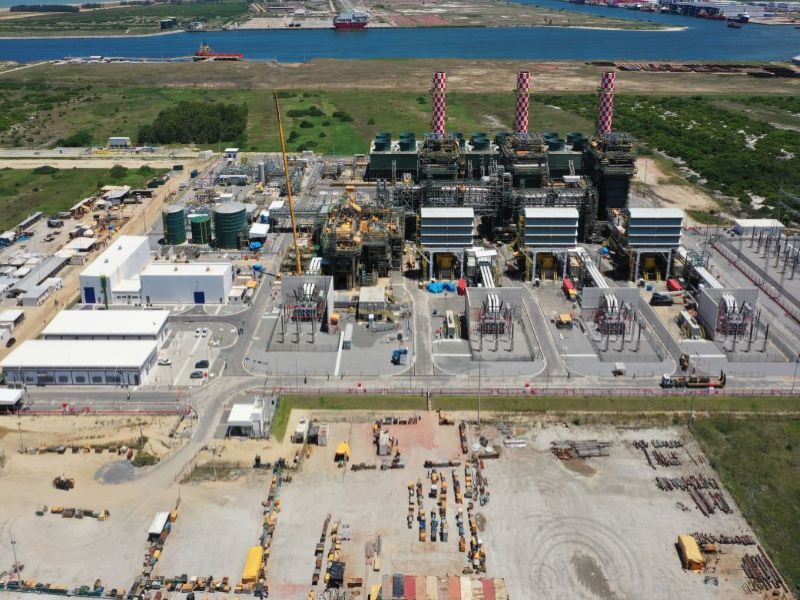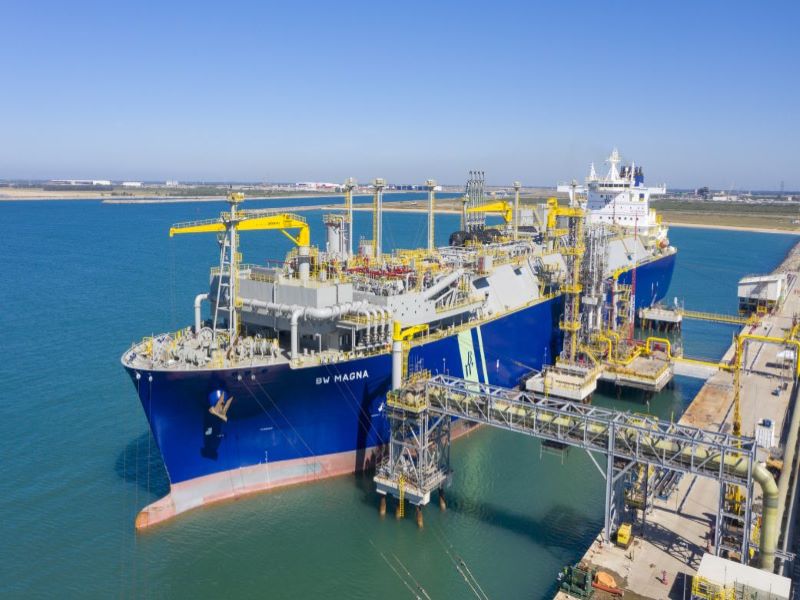GNA I is an integrated liquefied natural gas (LNG)-to-power project located in Rio de Janeiro, Brazil. It is the first phase of the Açu private natural gas hub that aims to supply natural gas and electricity to the Brazilian market.
The project was developed by Gas Natural Açu (GNA), a joint venture (JV) between Prumo Logística, Siemens, BP and SPIC Brasil. Construction of the project commenced in March 2018. SPIC entered the JV and acquired 33% interest in the GNA I and GNA II projects in January 2021.
GNA I is part of the larger power infrastructure hub at the port of Açu. The gas hub has a total licensed power generation capacity of 6.4GW, which will cover the future GNA III and GNA IV projects planned to be built by GNA.
The construction of the GNA II LNG-fuelled power plant is in progress, with commercial operations expected in January 2023. GNA II will generate up to 1,672MW, which will be enough to power up to 14 million households.
GNA I LNG-to-power project location
The GNA I LNG-to-power project is located at the port of Açu in the municipality of São João da Barra in Rio de Janeiro. The Açu port is the largest port-energy-industry complex in Brazil, covering more than 129.49km² of land.
It is also the only private terminal in the country and includes an oil hub, processing, blending and storage facilities. It has the capacity to handle 1.2 million barrels of oil a day.
GNA I project details
The GNA I project will help Brazil reduce its carbon footprint by an estimated 139,000t of CO₂-equivalent emissions a year.
It is a combined-cycle power plant comprising three highly efficient Siemens H-class gas turbines, a steam turbine, four generators, heat recovery steam generators, and instrumentation and control systems. The steam turbine generates approximately one third of the total power produced by the plant.
Furthermore, the facility includes a desalination unit that supplies water to the complex. An 18-cell back-to-back seawater cooling tower is used to cool the power generation units.
The project also includes an LNG regasification terminal with a capacity of up to 21 million cubic metres of natural gas a day to serve the natural gas demand from GNA I and future thermoelectric power plants to be built at the hub. A specially built floating, storage and regasification unit (FSRU) moored at the port is responsible for the regasification process.
The power produced from the hub is fed to the Brazilian grid, through the National Interconnected System (SIN), using a 52km-long, 345kV transmission line, which connects to the substation in Campos dos Goytacazes municipality.
BW Magna FSRU
The BW Magna FSRU is capable of regasifying up to 1,000 million standard cubic feet of natural gas a day. Delivered by Daewoo Shipbuilding and Marine Engineering (DSME), it has a storage capacity of 173,400m³ (61.12 million ft³).
The FSRU is equipped with a state-of-the-art intermediate glycol regasification system, full reliquefaction system and ship-to-ship marine loading arms.
Seawater outlet modifications were also performed to enable the vessel to pump seawater to the power plants.
Project financing
The project was financed by International Finance Corporation (IFC), a sister organisation of the World Bank, and other partners. IFC granted a loan worth $288m for the project in April 2019. A loan of approximately $475m was secured from the Brazilian Development Bank (BNDES) in a partnership with KfW IPEX-Bank, which is in turn supported by the German export credit agency Euler Hermes Aktiengesellschaft.
EIG Global Energy Partners (EIG), the controlling shareholder of Prumo Logística, announced that the conditions required to draw on the financing for the project were met in August 2019.
BofA Securities and Lakeshore Partners served as financial advisors to GNA and its sponsors for the transaction with SPIC in August 2020. Itaú BBA provided financial advisory services to SPIC.
Mattos Filho and Trench Rossi Watanabe provided legal advisory services for the transaction.
Contractors involved
Siemens was responsible for the delivery of the complete power island. It will also provide long-term service and operation and maintenance (O&M) for the power plant. The company built the power plant in partnership with Brazilian company Andrade Gutierrez, under a turnkey contract.
Through its subsidiaries Siemens Financial Services and Siemens Energy, Siemens is also supporting the project with capital, technology and expertise.
Prumo is responsible for the port infrastructure, operations, project development and integration, while BP is supplying LNG.
Global technology solution provider Hamon was contracted to supply the seawater cooling tower.






